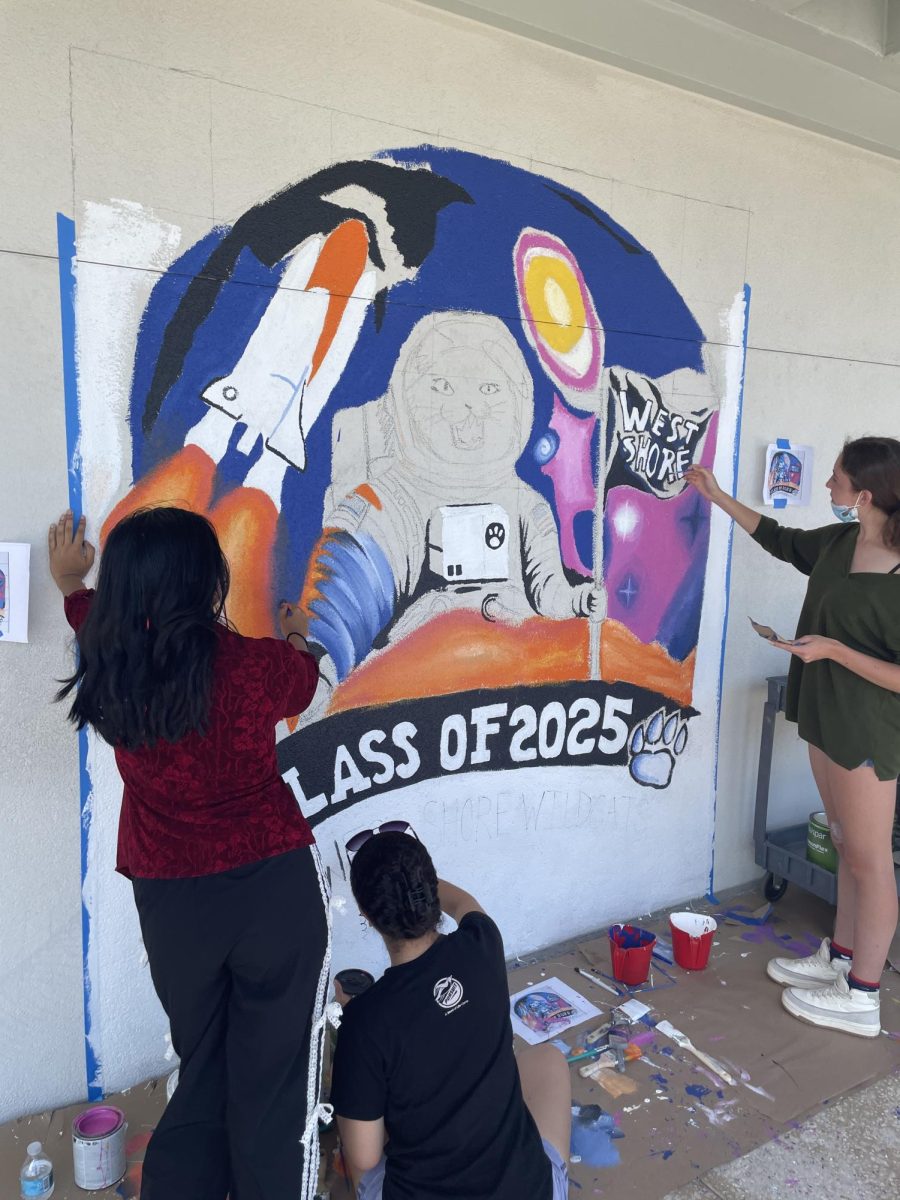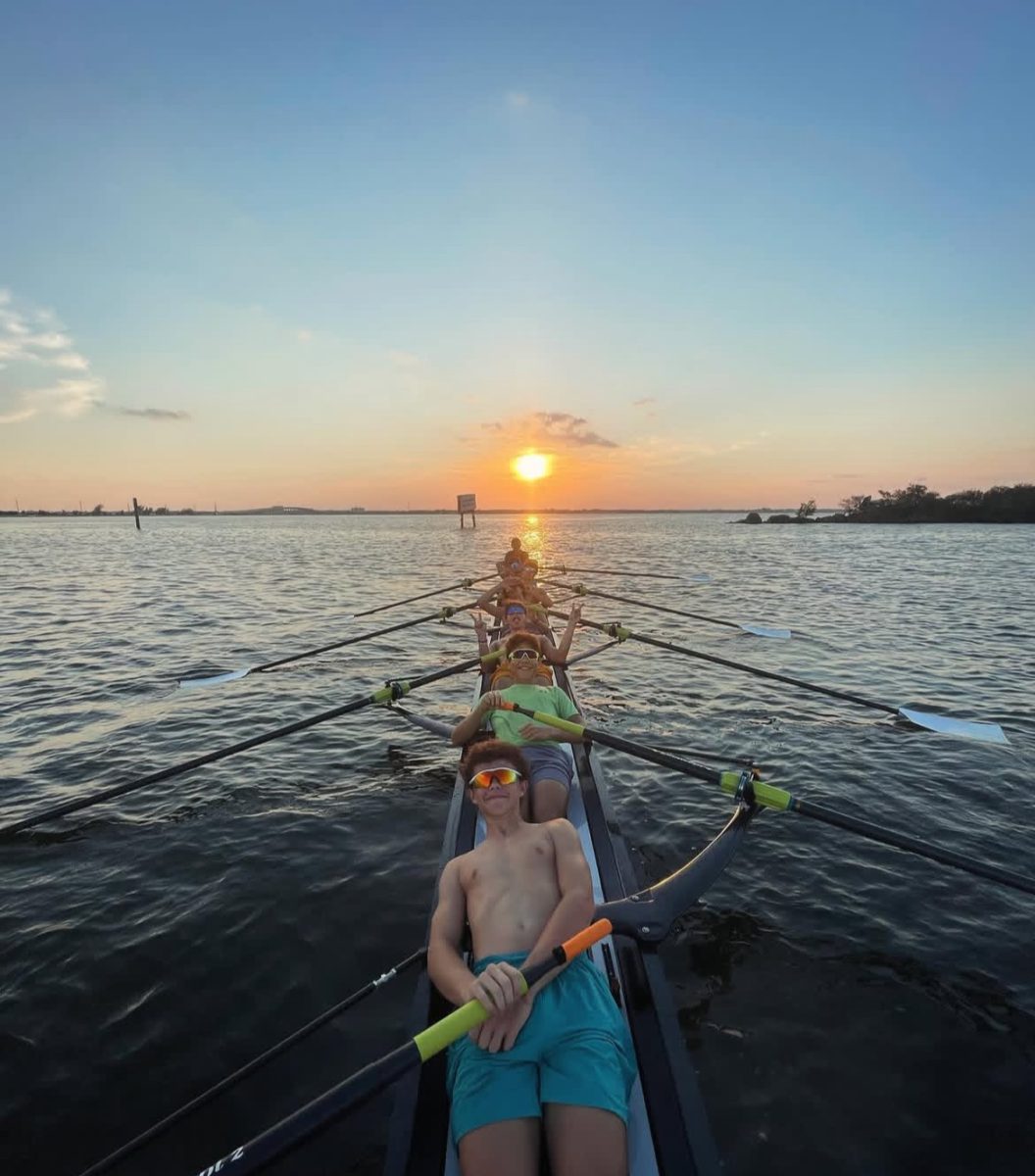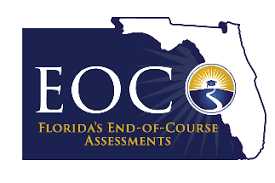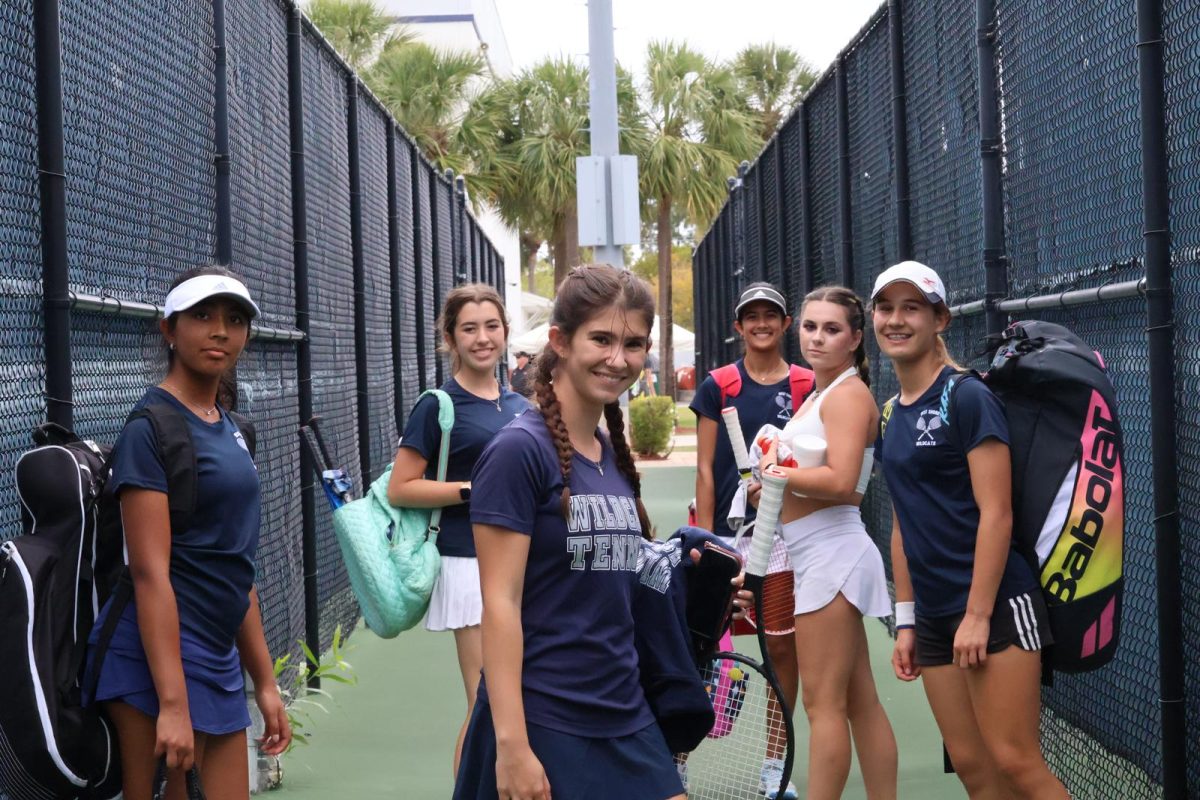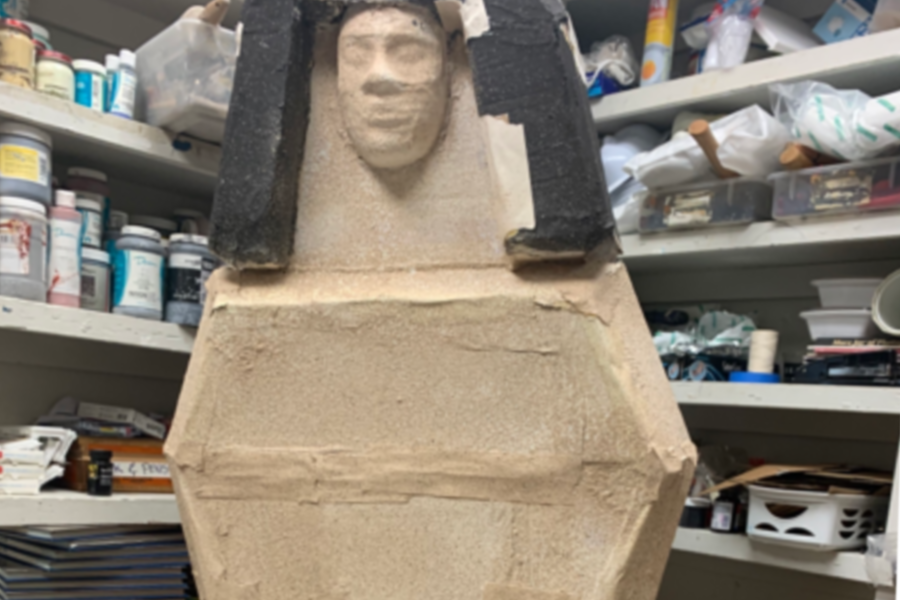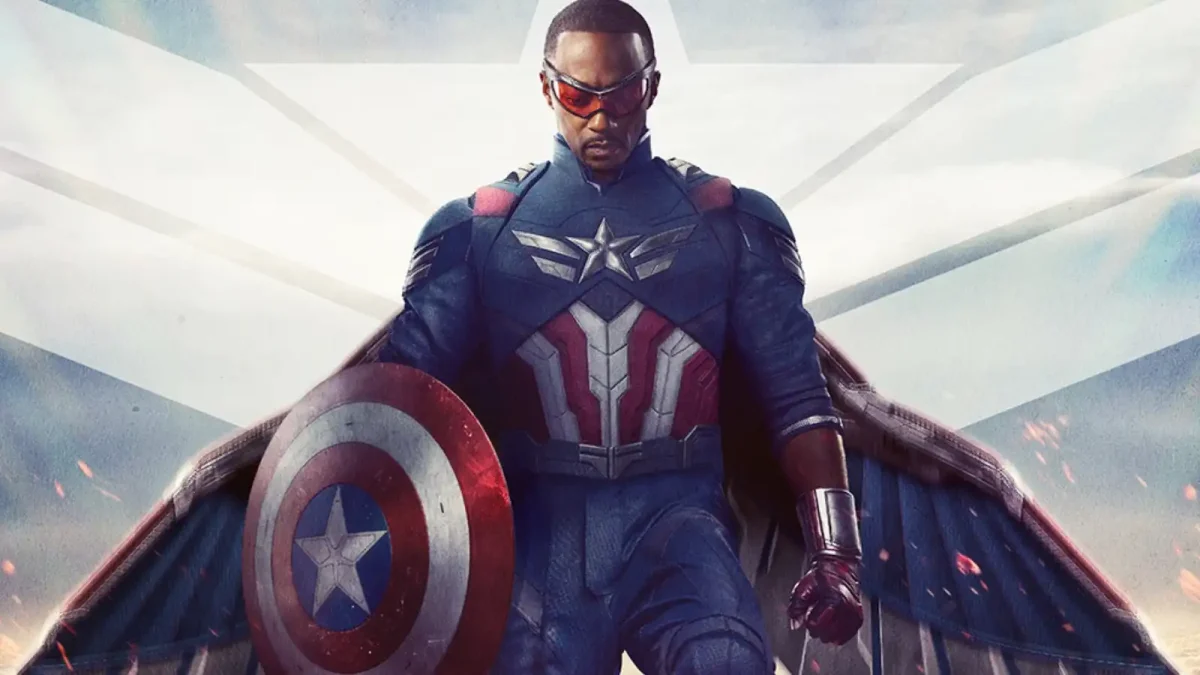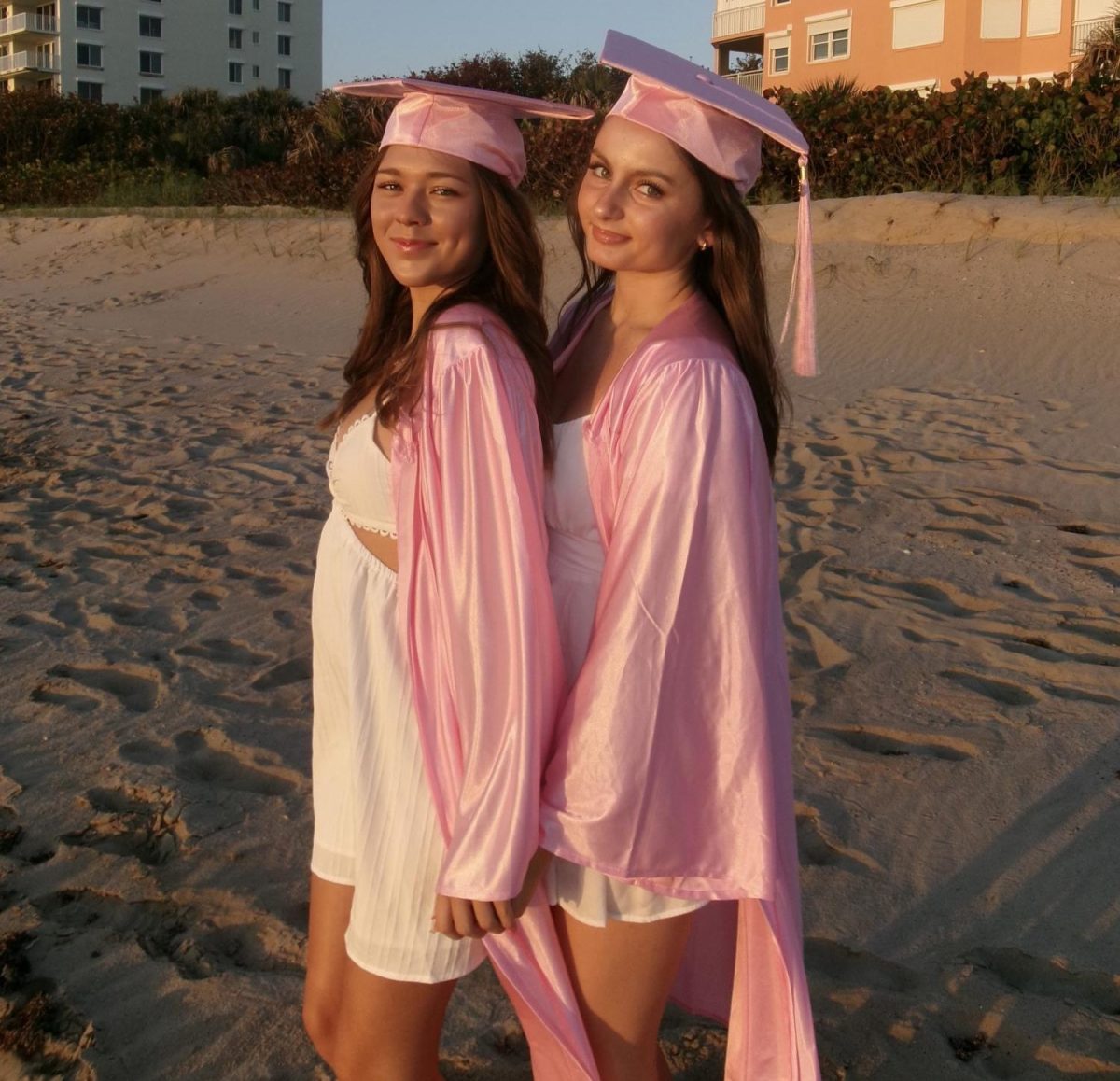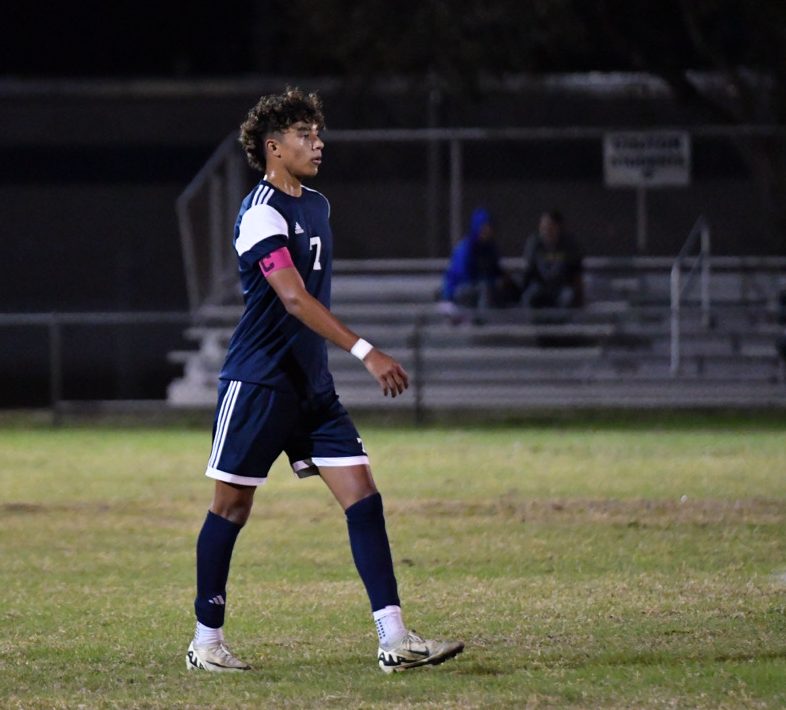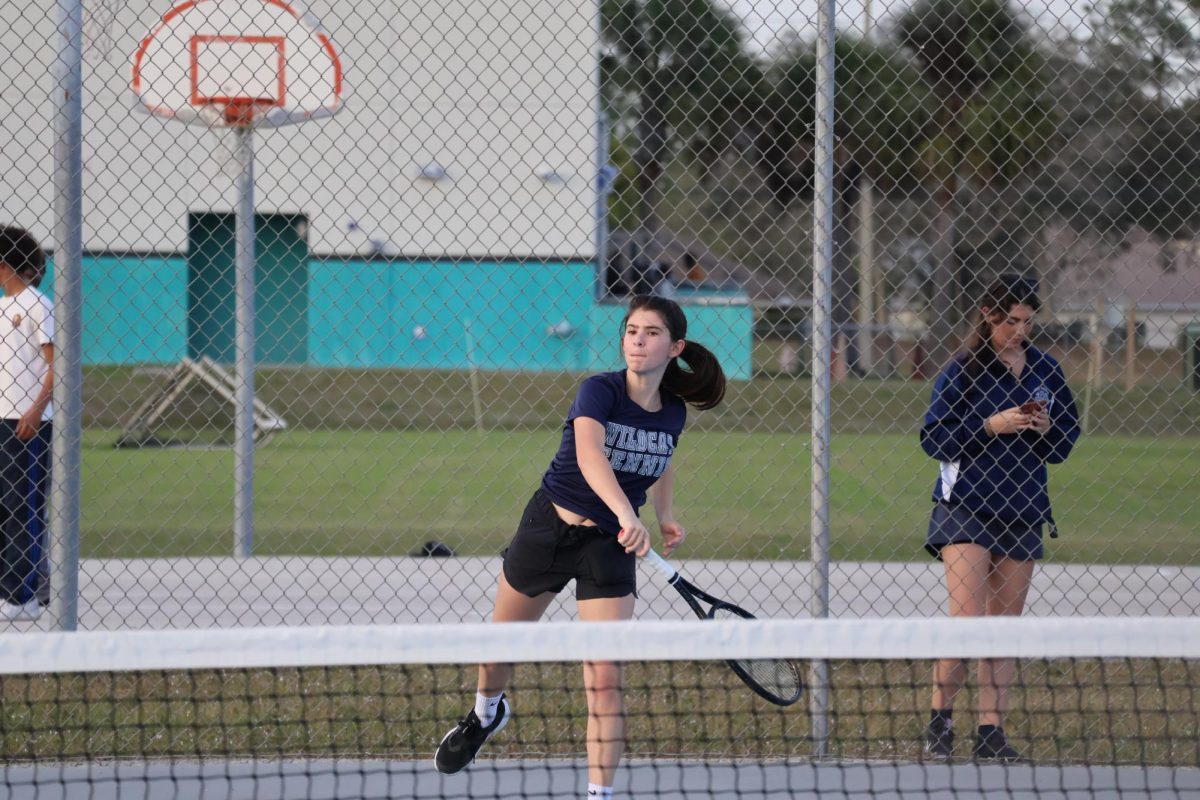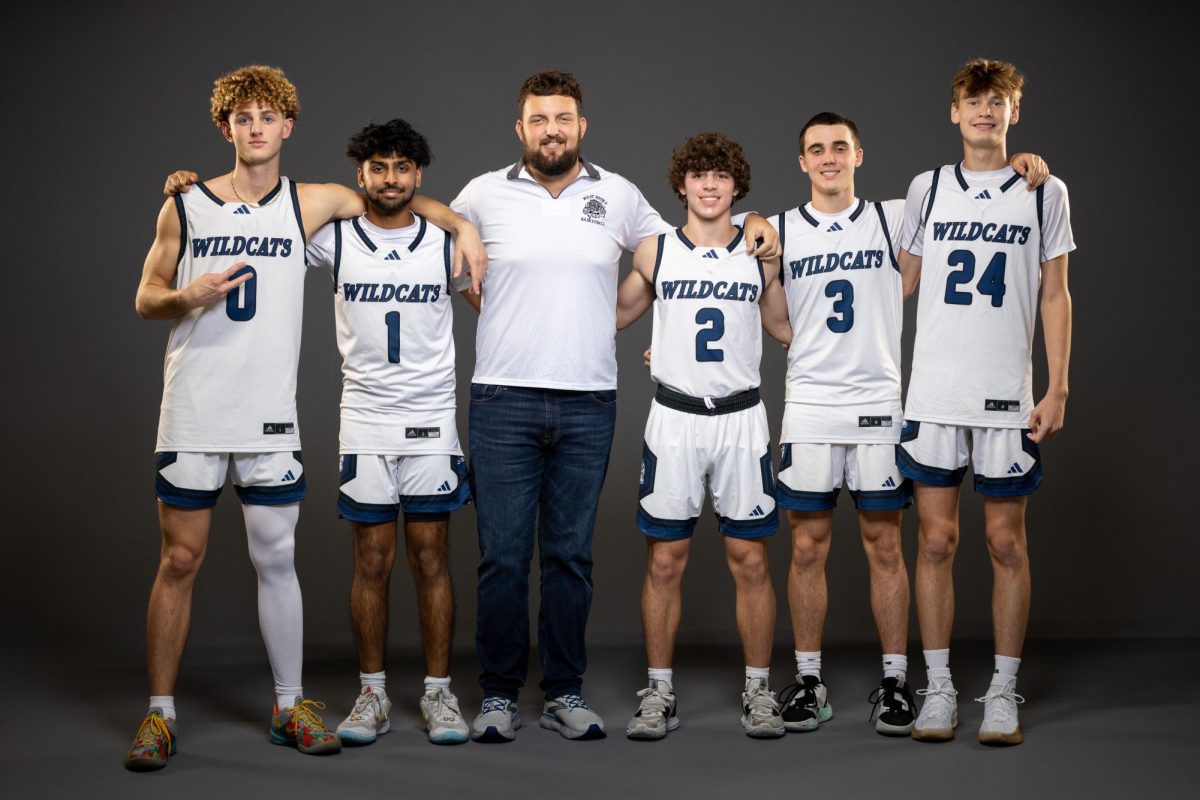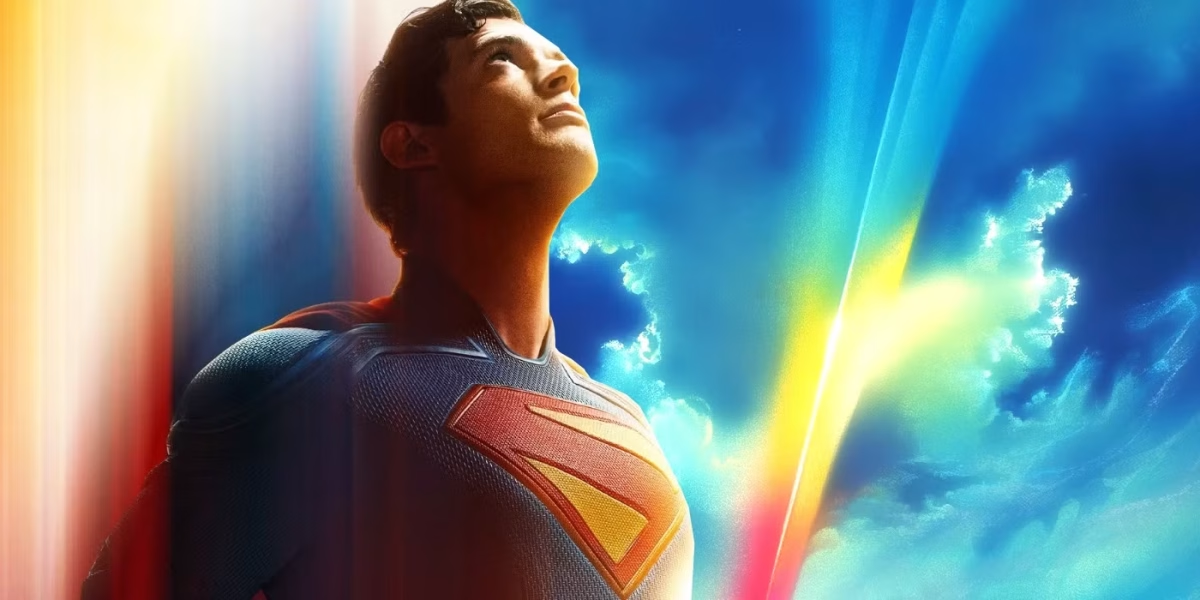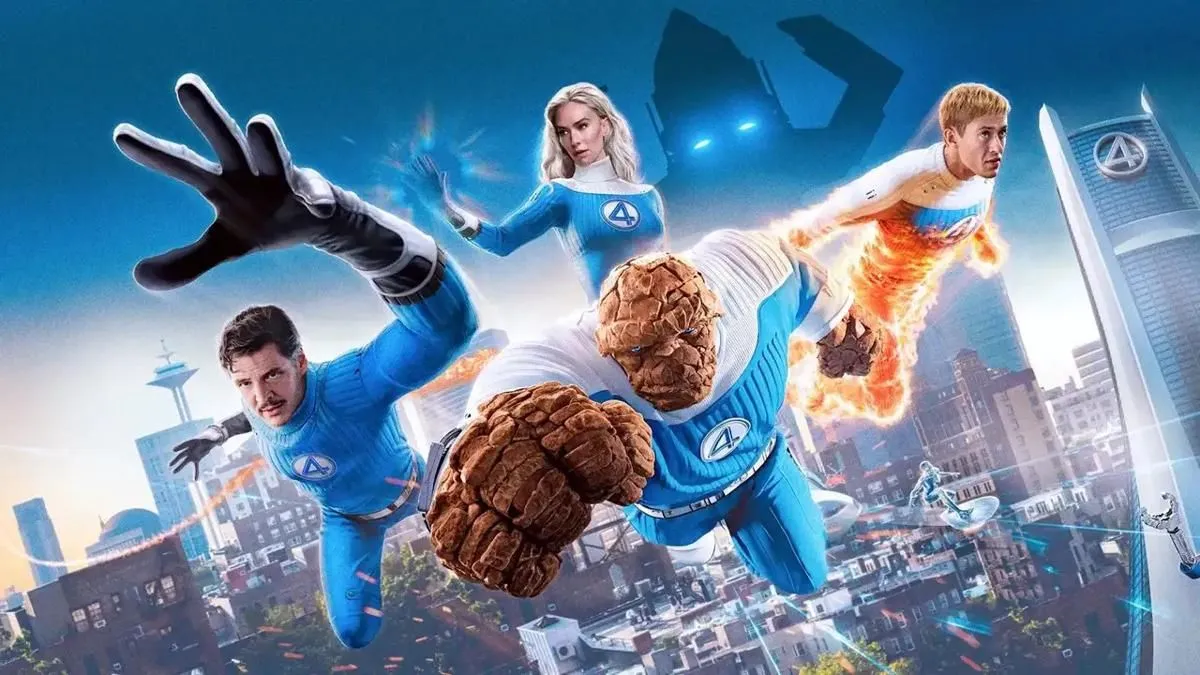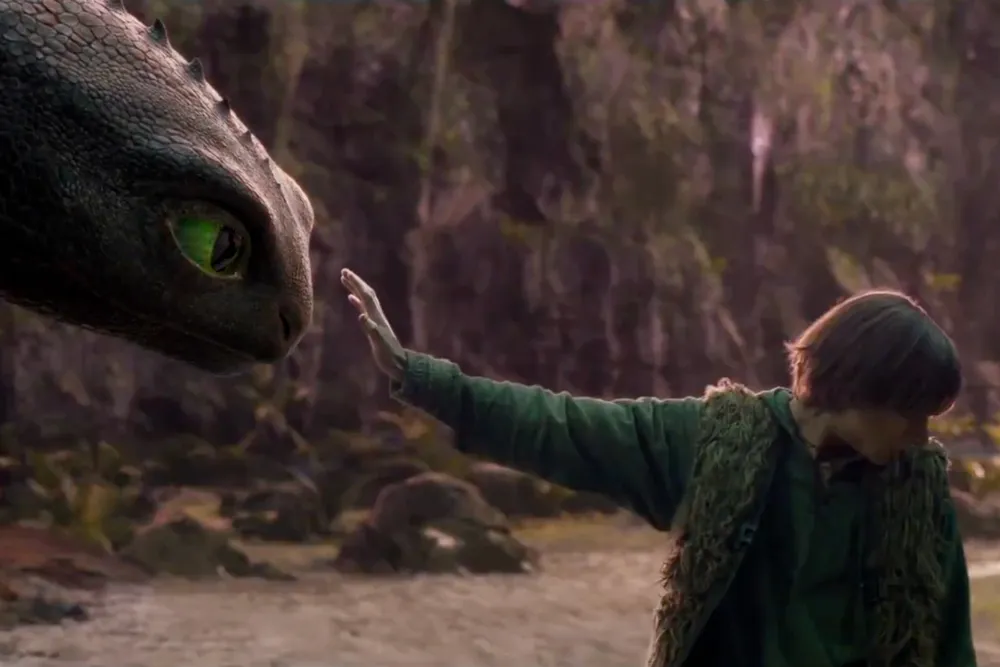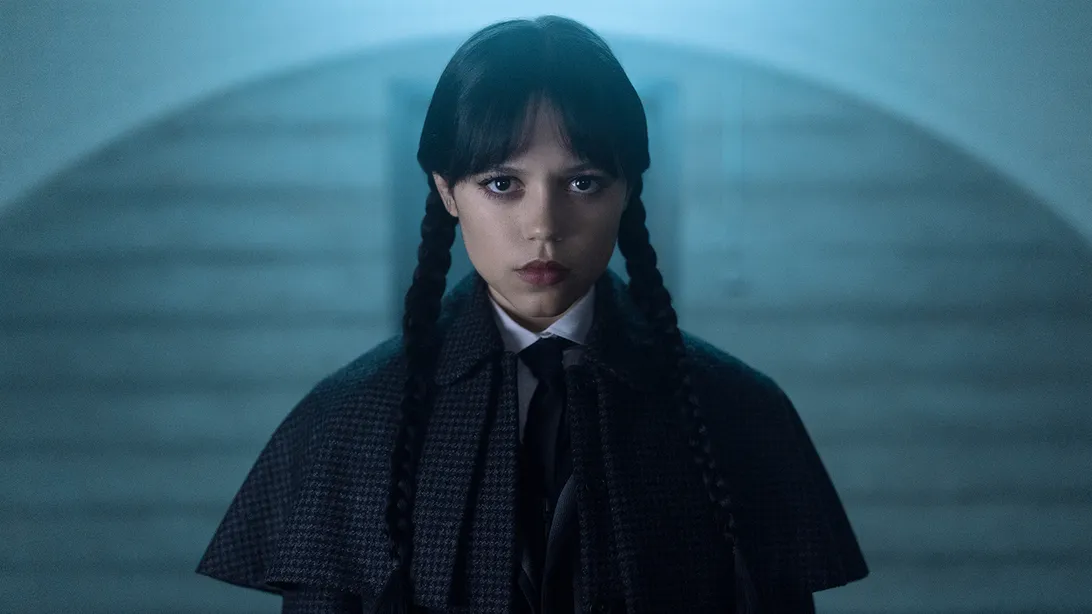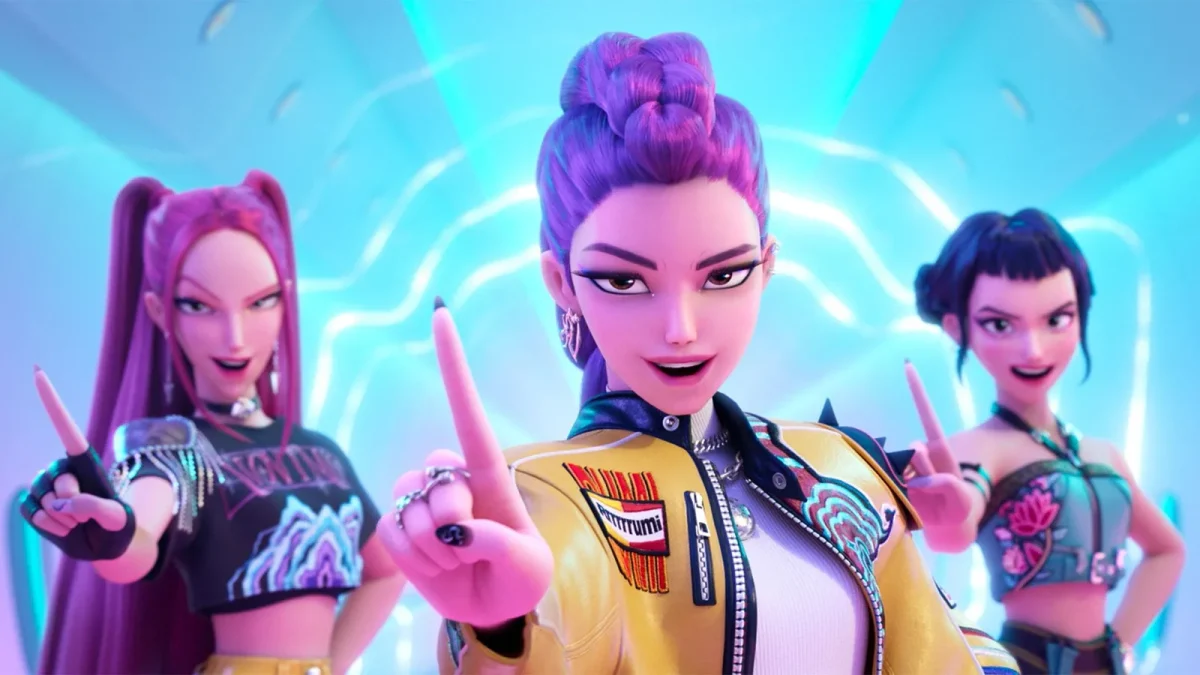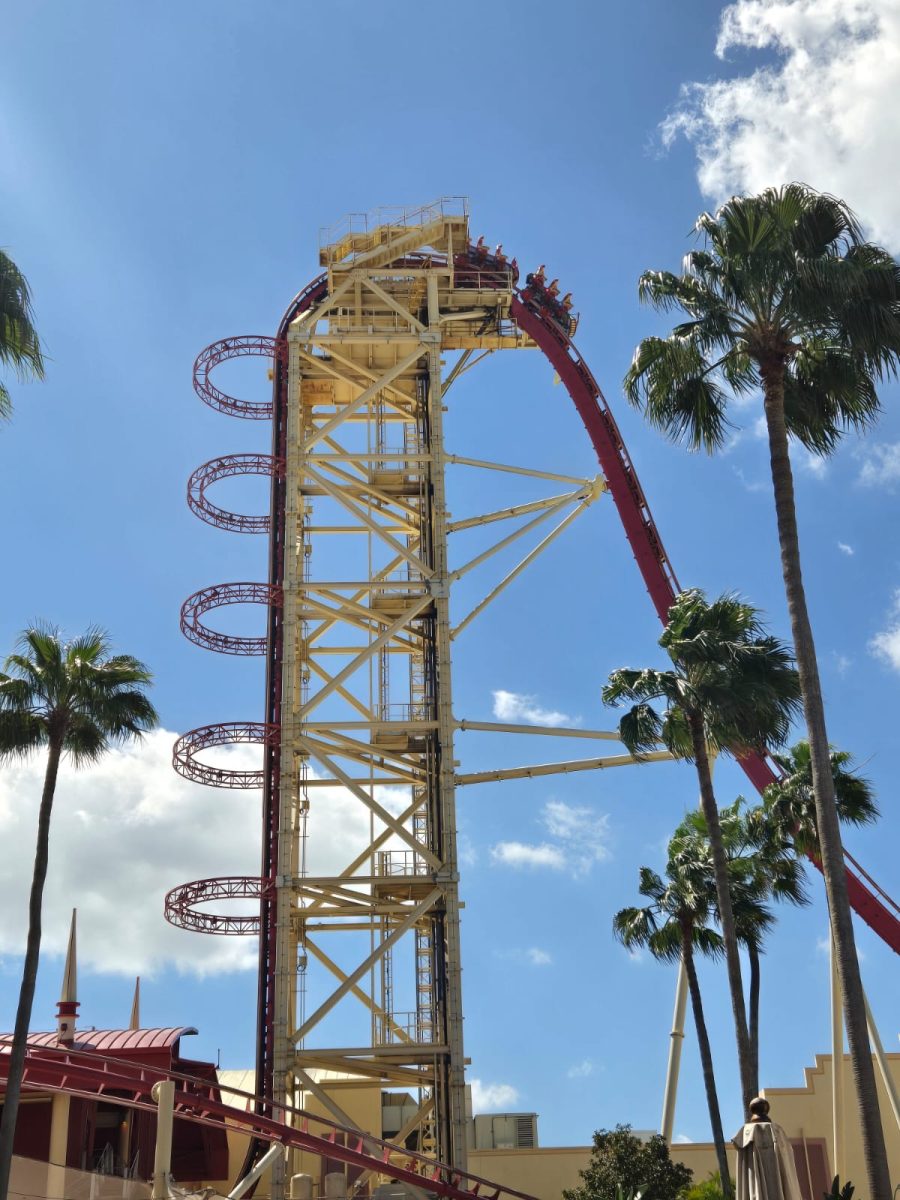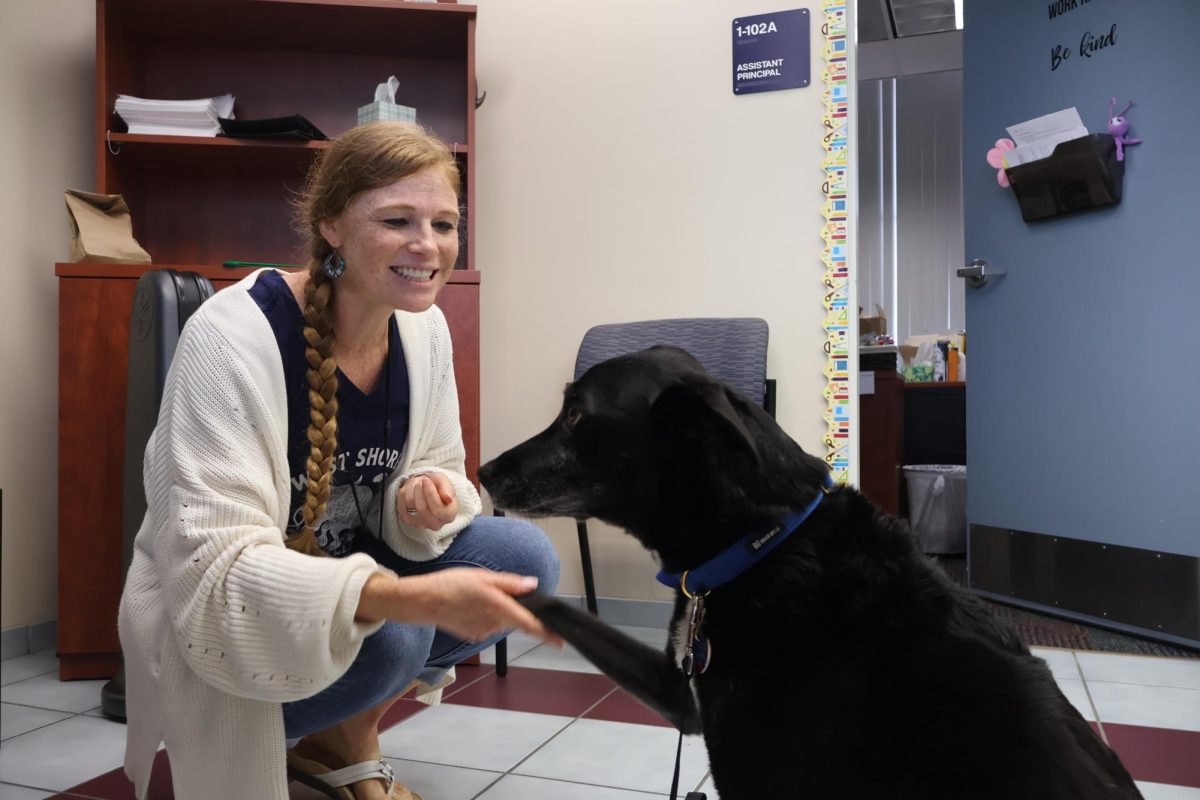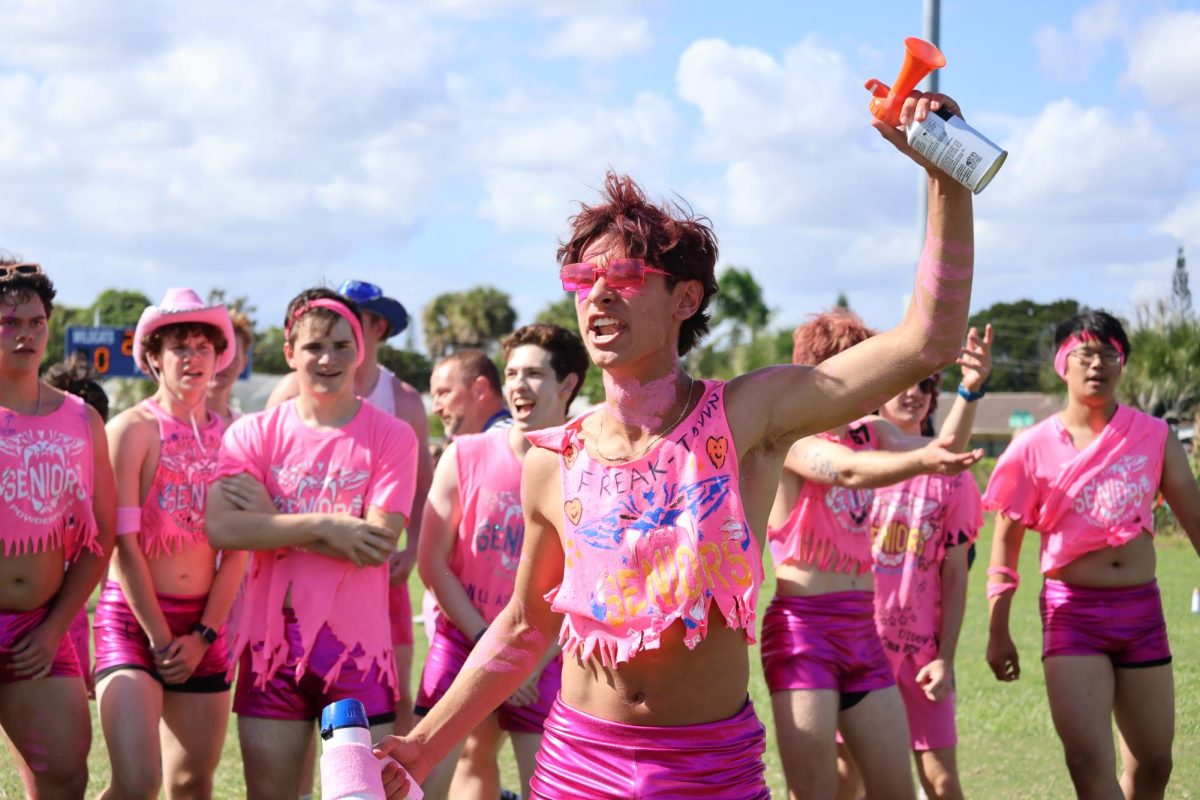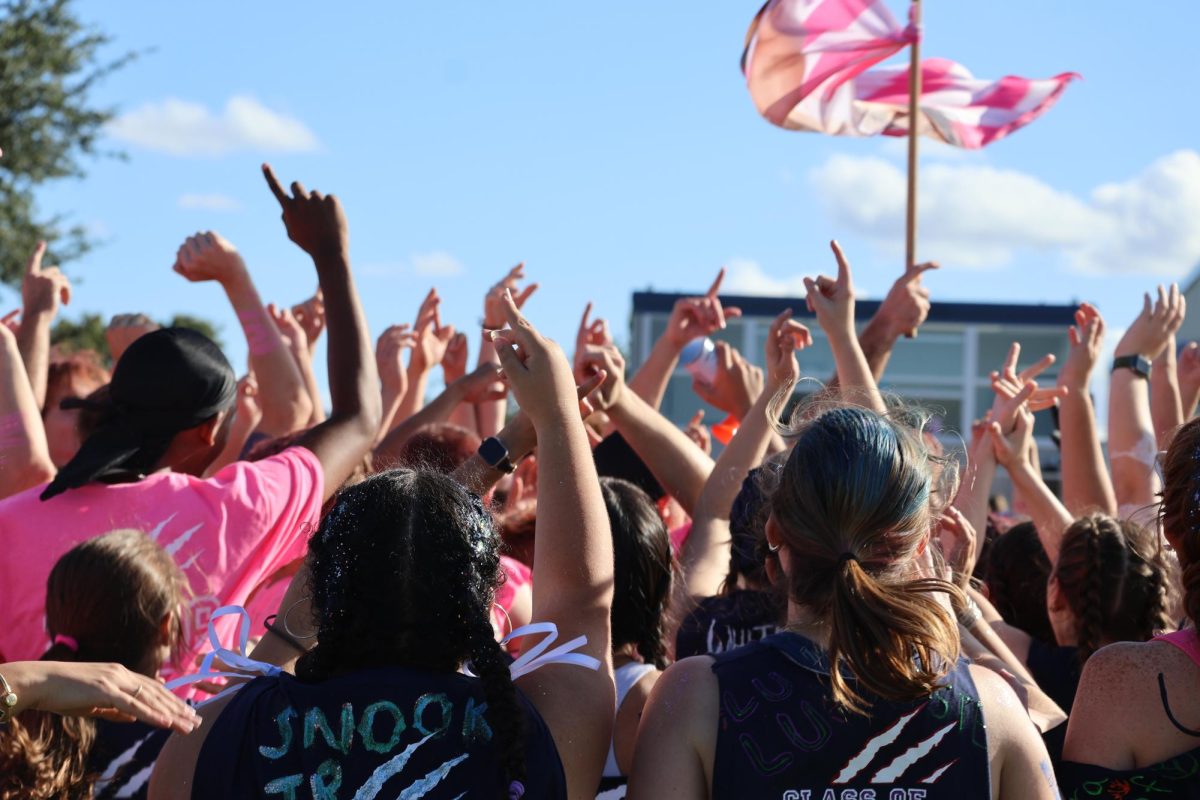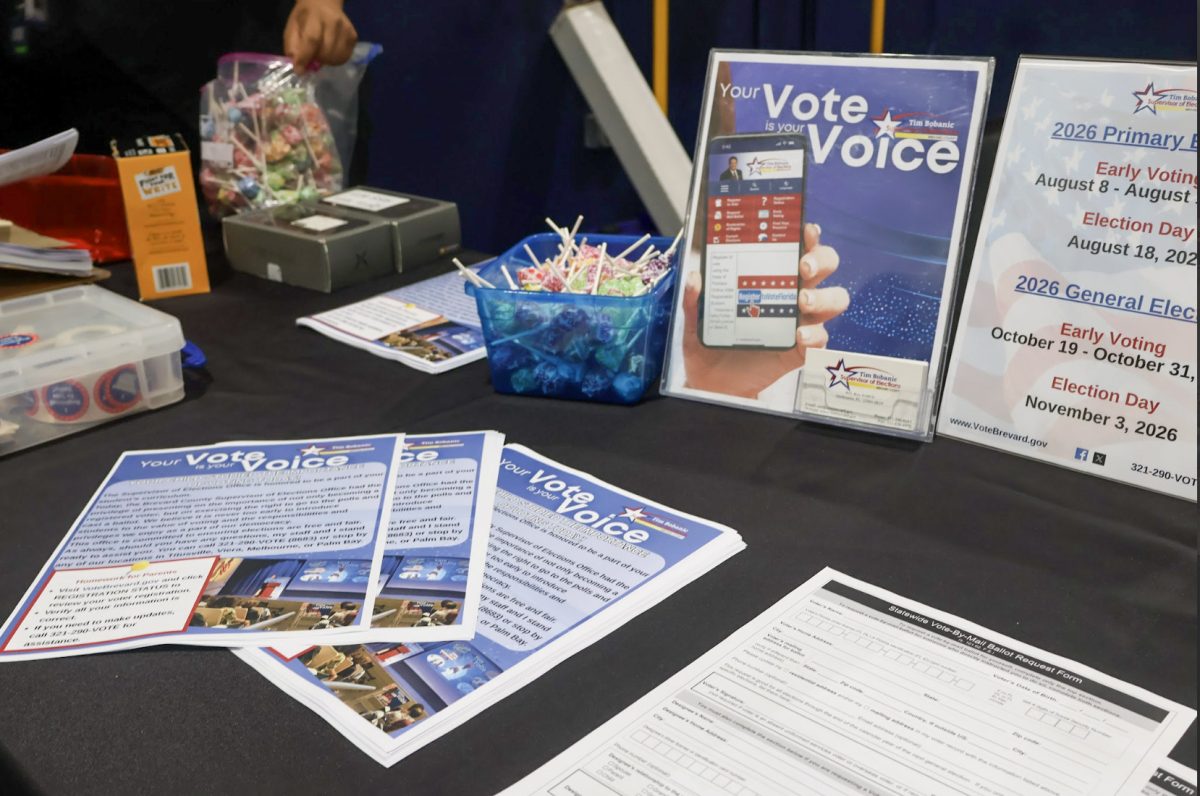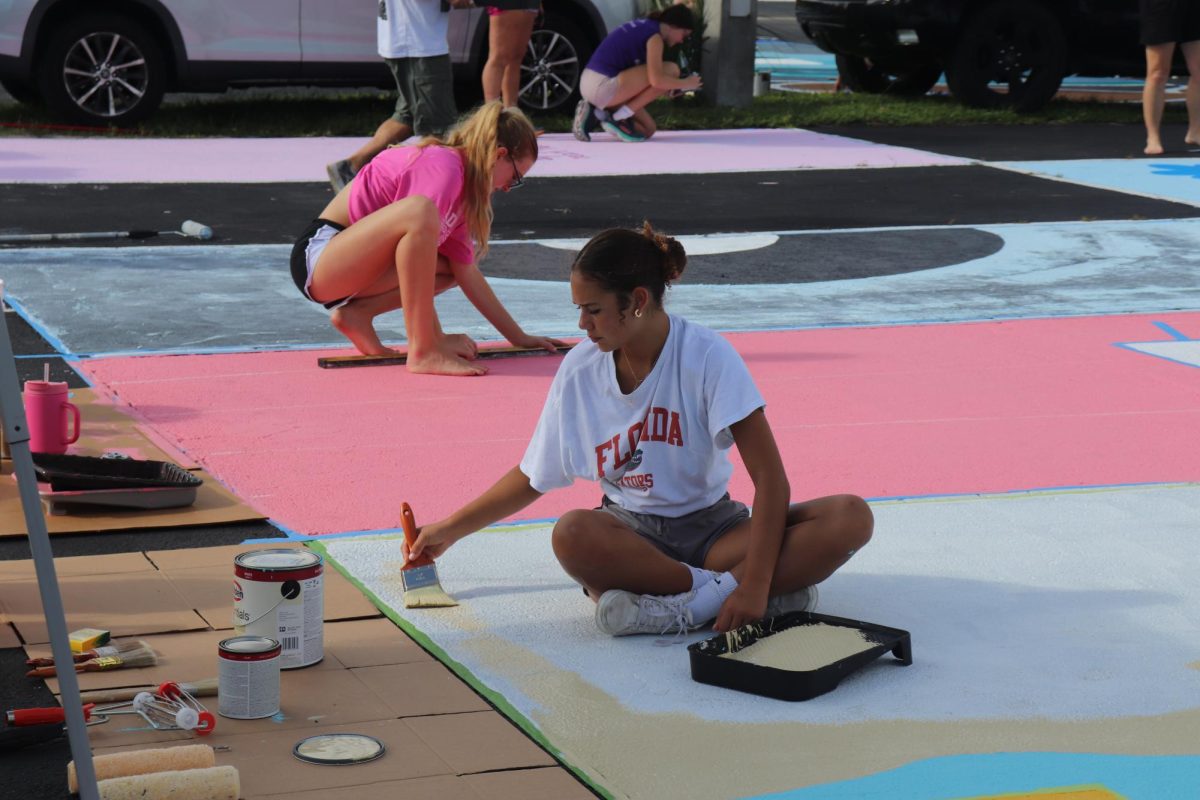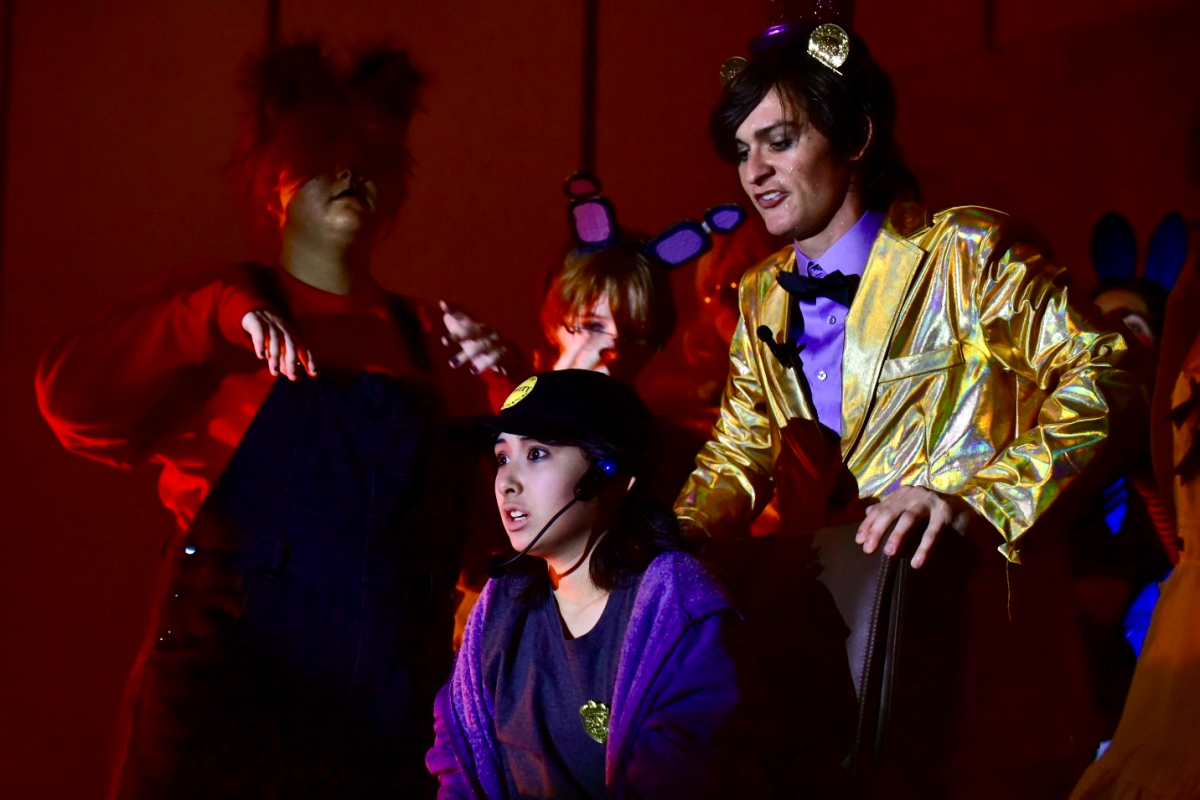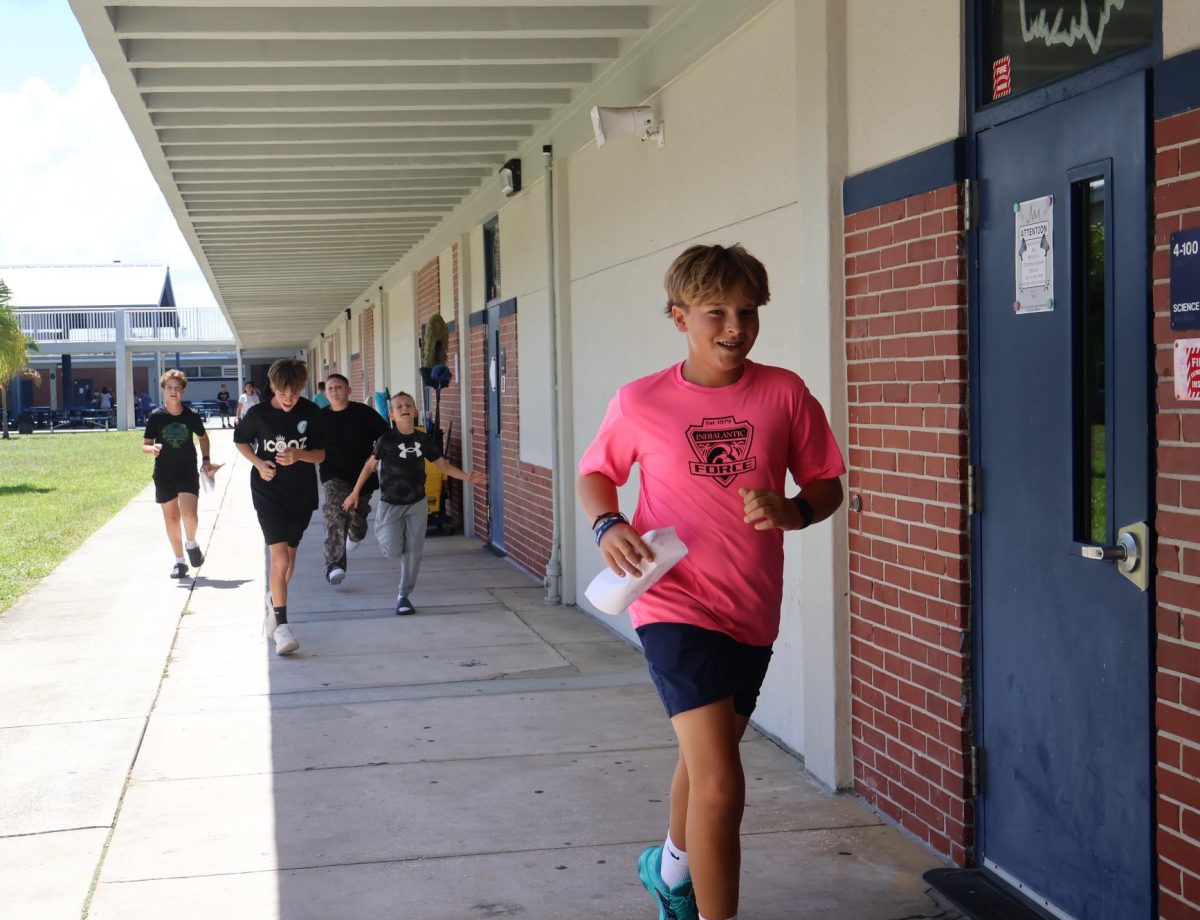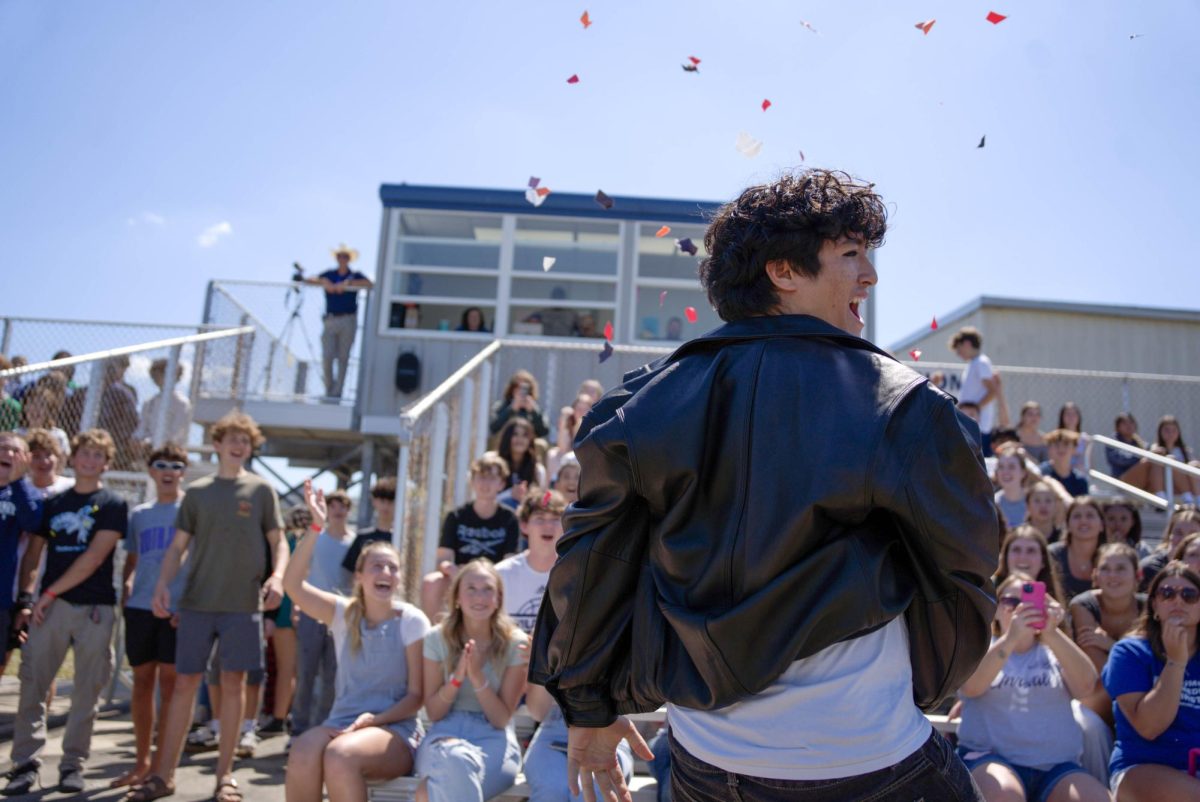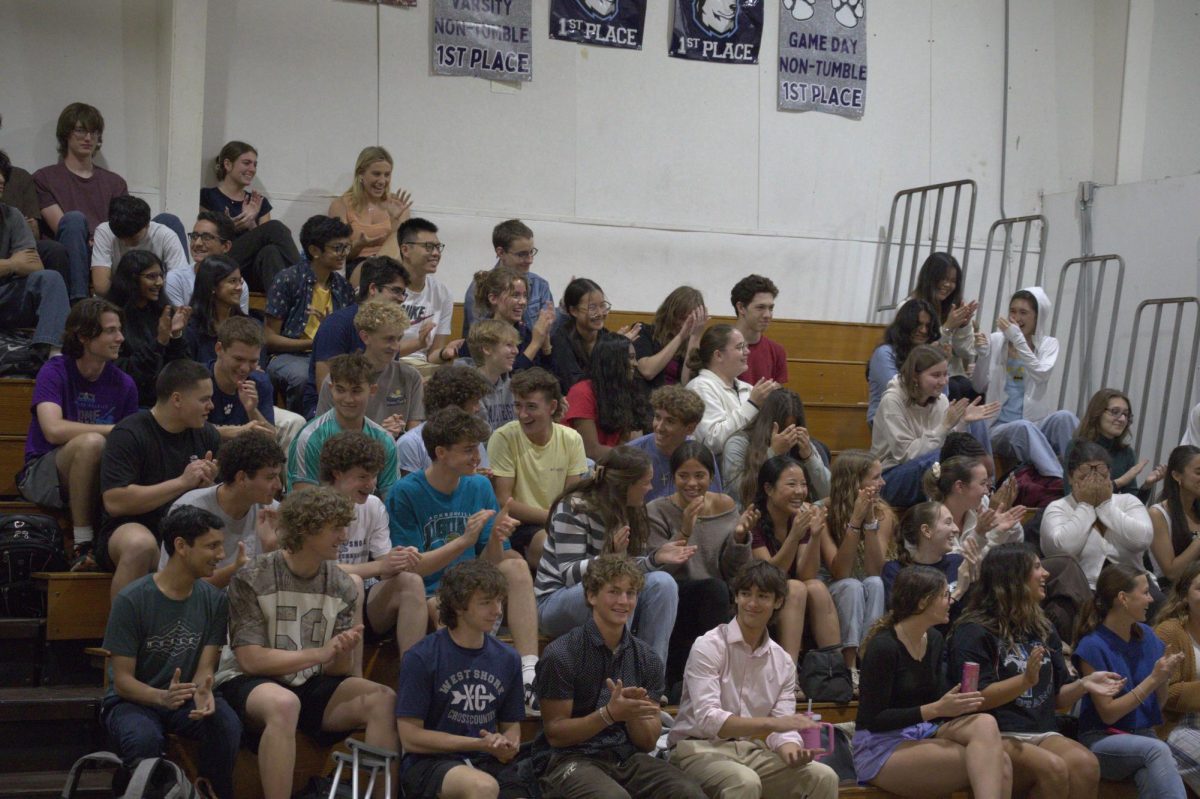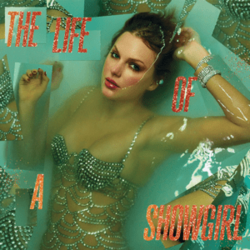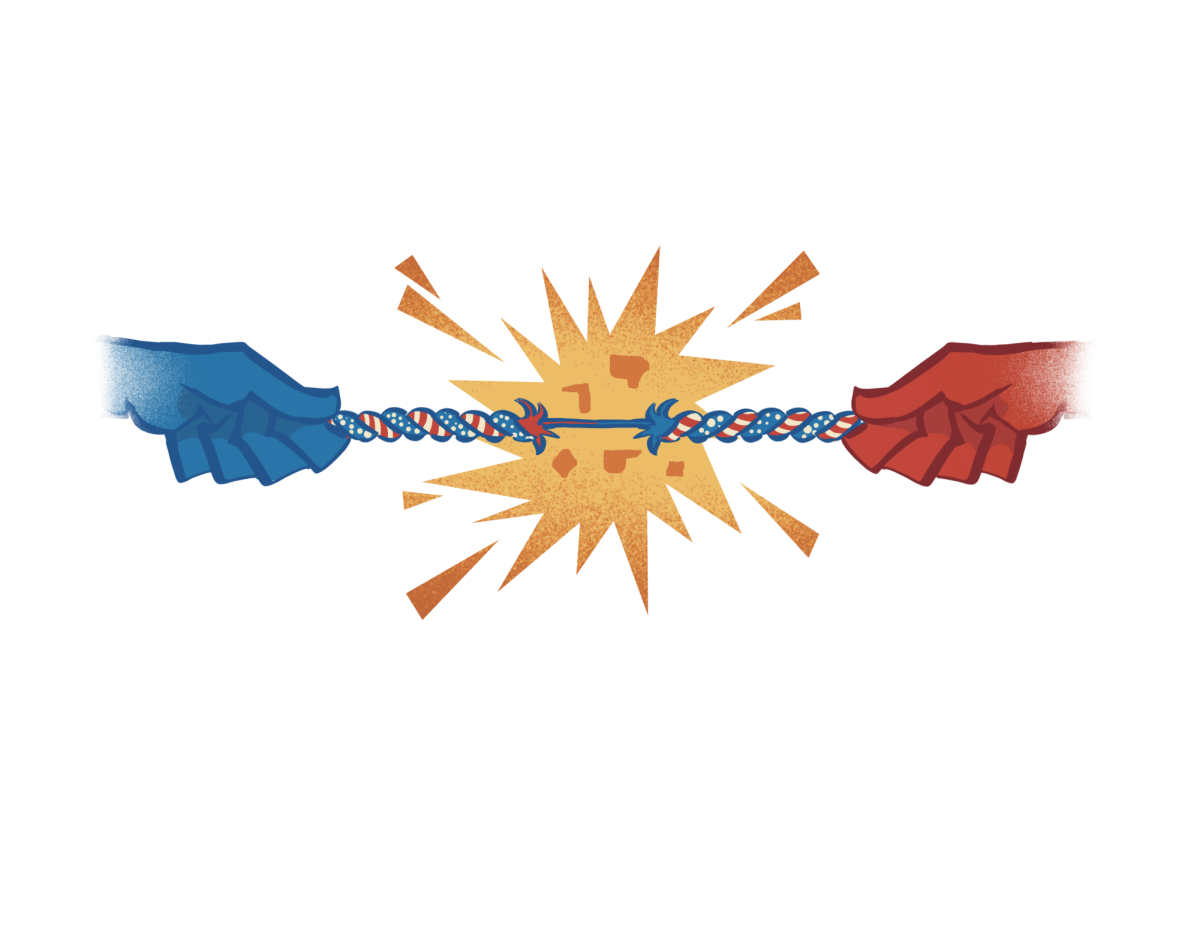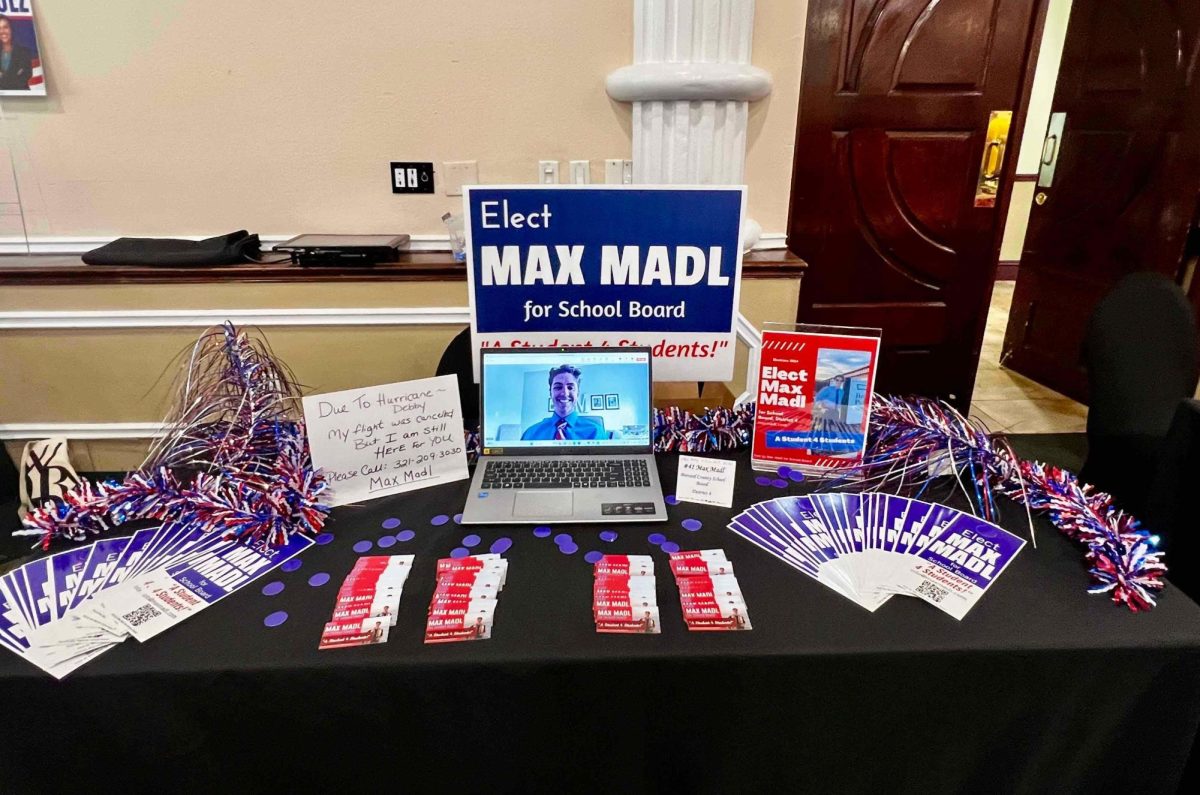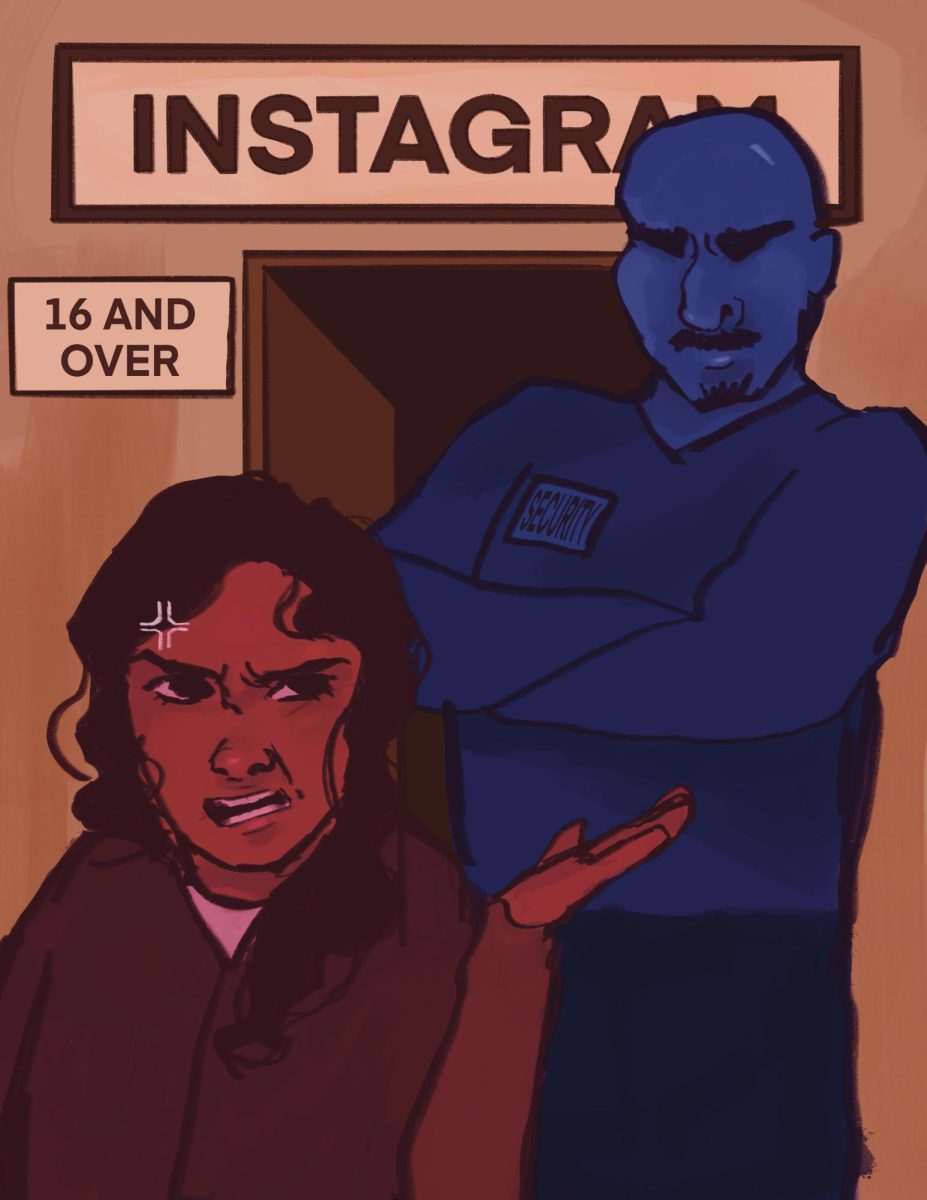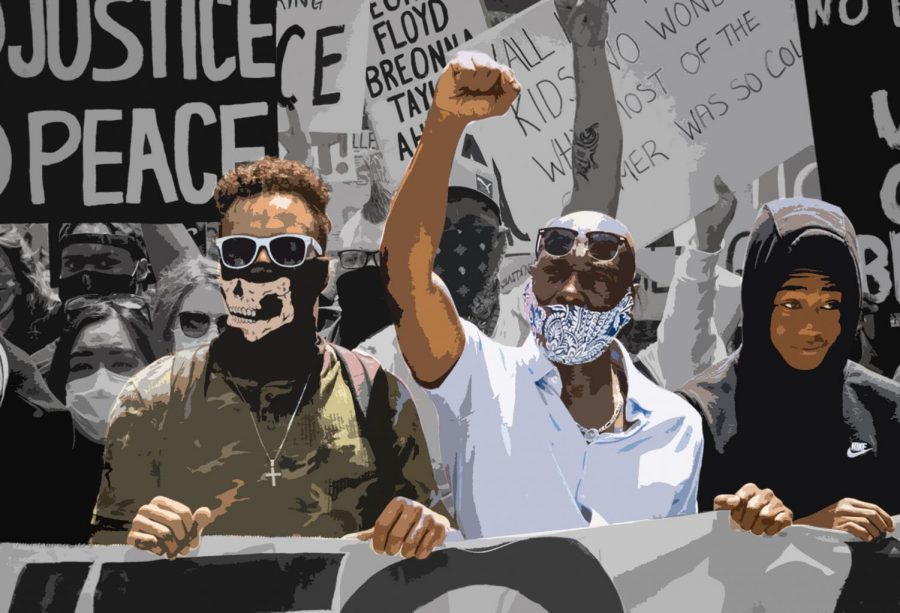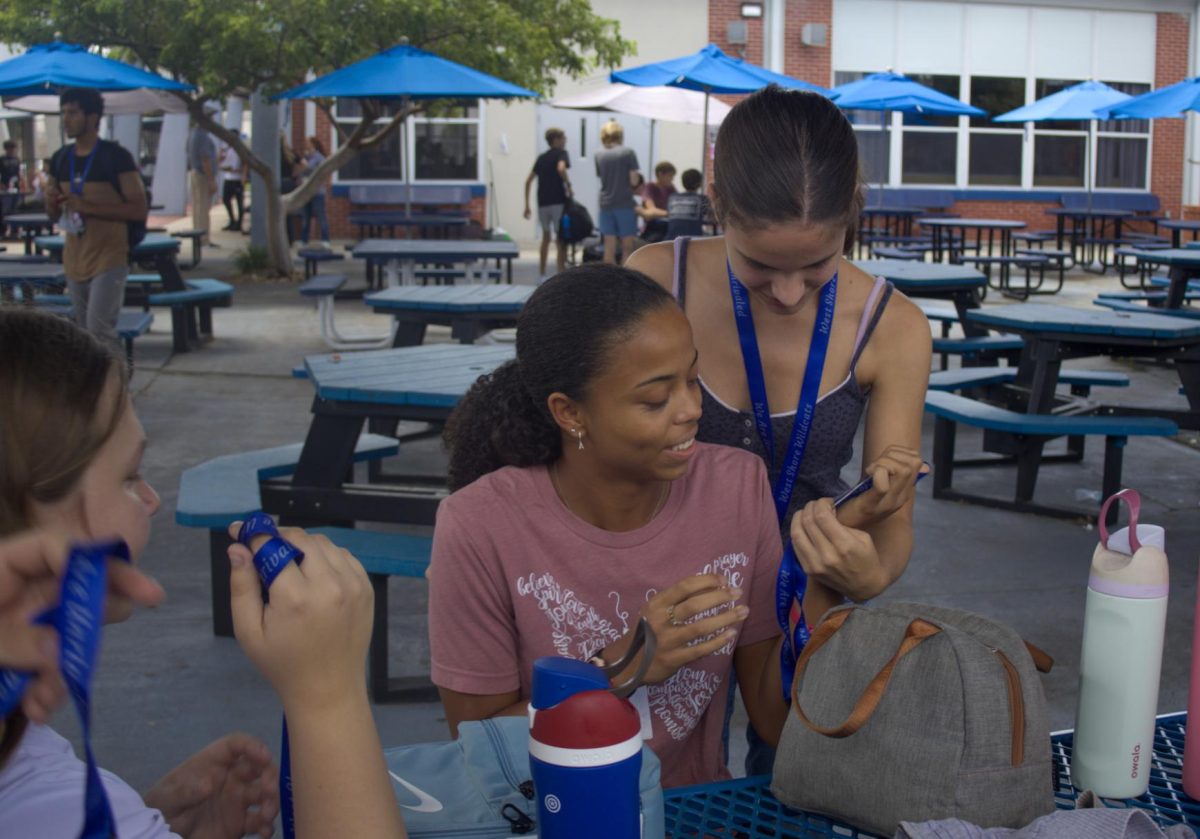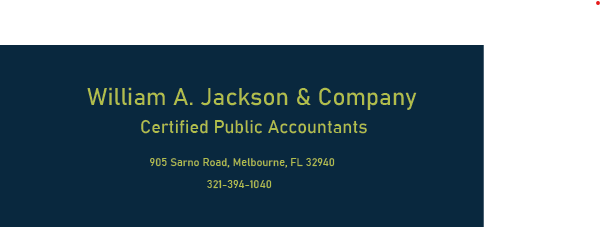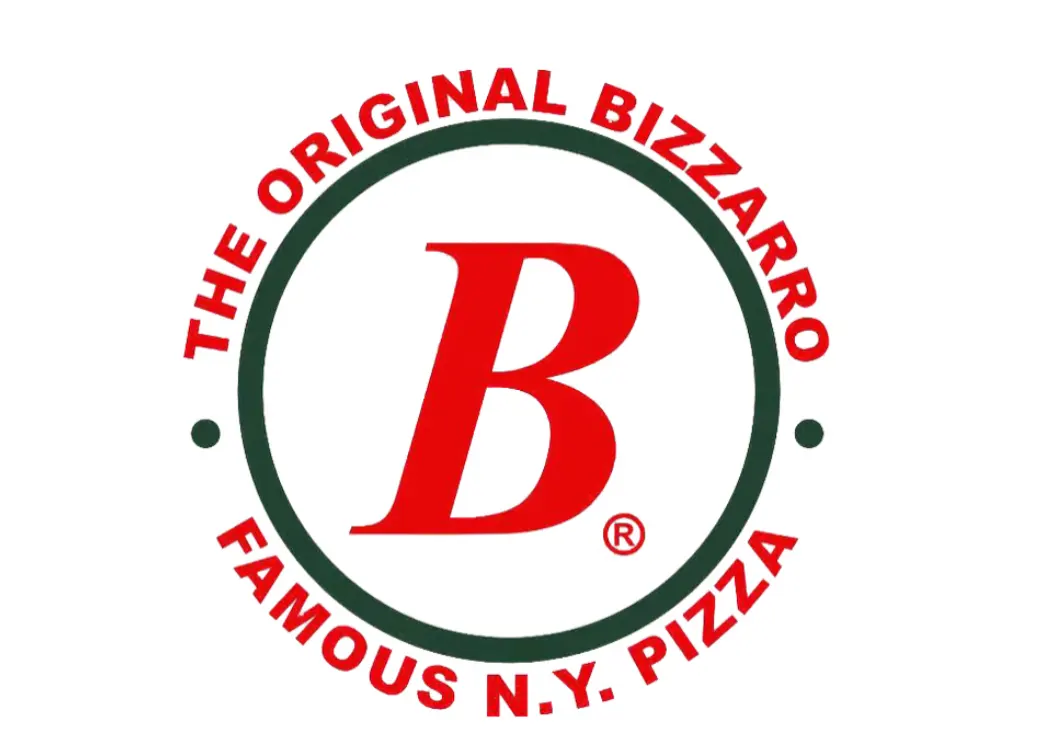Teens awaken to social activism
November 4, 2020
On May 25, 2020, George Floyd, a black man from Minneapolis, Minnesota, was arrested for allegedly passing counterfeit money. He was dead within minutes.
Some claim police brutality and racial profiling was the cause, while others say his death was the unfortunate result of drug use and underlying health issues. What most Americans agree on, however, is that his death was a tragedy that led to a wave of national unrest. Reactions came swiftly, in the myriad forms of peaceful protests, bloody riots, prayer vigils, destruction of property, pleas for peace, political rhetoric and more death.
Like never before, teenagers across the country have witnessed this upheaval on the nightly news and their social media feeds. Some have even been participants.
Amelia Knotts is a 17-year-old from Oxford, Michigan, part of metropolitan Detroit. She said she has felt safe where she lives but knows that other cities have been heavily affected by protests. She said she believes Floyd’s death was tragic, but not the result of intentional police brutality against African Americans. If anything, the police officers were just bad people in general.
“In terms of good cops versus bad cops, I think that there are racist police officers but that there are racist people [in general], too. I don’t think that George Floyd was murdered with racial motives. The cop did indeed kill [Floyd], but I don’t think that he killed him just because he was African American. I think that the [main] officer would have done the same thing if [Floyd] was white.”
Having lived in the small town of Melbourne, Florida beforehand, Andy Carlos, a 17-year-old from Chicago, said the move opened his eyes to how people have different experiences based on where they live. Unlike Melbourne, Carlos experiences “Black Lives Matter” protests in his city almost every day.
“My own neighborhood has had protests,” Carlos said. “Other sections I go to in Chicago, like Little Village and downtown, have had riots, looting and heavy police activity. Every time I go downtown, the cops are patrolling the streets like a gang, and stores are boarded up. I’ve seen a few protests first-hand, and I have classmates that regularly attend them. I also know people on social media that have organized them. If you are a teen in Chicago, you think protesting is cool.”
Some teens believe the “Black Lives Matter” movement has become more complex than when it first appeared on the media’s main stage. Certain messages of the movement now call for defunding the police, the resignations of certain elected officials and the removal of statues representing U.S. history.
Luke Johnson is an 18-year-old from Melbourne Beach. His grandfather was in the Sacramento Police Department for more than 30 years. As a result, his opinion on police brutality is more personally influenced. He said he supports the constitutional right to protest but believes that some of the protests are a cover-up for underlying motives. Johnson said he believes the violent protests make it hard for people to hop on board with the BLM movement.
“BLM is three different things: a phrase, a movement and an organization. Ninety-nine percent of people have no problem with the phrase “black lives matter” because they do [matter], plain and simple,” Johnson said. “The movement is where things get tricky [since the protests] that turn violent very quickly overshadow the ones that are peaceful.”
Johnson said he surmises that the BLM movement overall has become another political platform.
“BLM is an organization that uses black people as a token to push their political agenda,” he said. “One of the founders is a self-proclaimed Marxist. She said on live television that [the movement’s] main goal is to “get Trump out.” They’re pushing for the abolishment of police and the destruction of the nuclear family structure — two parents, being a man, a woman and the children. This is a very big problem because children need to grow up with a father and mother figure in their life. When almost 70 percent of black children are growing up in a single-parent household, they are more likely to end up in jail, on drugs, resort to gangs, commit crimes, etc. The nuclear family structure is vital for a child to have a fulfilling and successful future in life.”
Sarina Barot-Martinez is a 16-year-old from Laguna Niguel, Calif., an affluent town located between Los Angeles and San Diego. She said she believes participating is a great way to spread the BLM message.
“One time, there was this big protest on my city’s main street,” she said. “More people kept joining in support of the Black Lives Matter movement. Orange County is a fairly conservative area, so when this protest broke out, there was pushback by a few citizens. People were driving around saying “get these ‘n-word’s out’ here’ and ‘Trump 2020’!”
A couple of months ago, Barot-Martinez and her friend were attending a protest at an intersection when they had an aggressive exchange with a driver. She said they were being peaceful and weren’t trying to engage in conflict. Barot-Martinez said she still plans on being involved as much as she can.
“My friend and I were there peacefully protesting,” she said. “At one point, a guy pulled over, rolled down his window, and started arguing with us. We didn’t engage except to say ‘Black Lives Matter!’ He got out of the car and began to harass my friend. Things escalated fast, and he pulled a knife on her. He started coming towards us, telling us to go home. Obviously we were not trying to get stabbed, so we left for our own safety.”
Karishma Patel is a 16-year-old from Ellicott City, a town within the richest county in Maryland. She said she hasn’t been personally affected by the movement but still tries to find ways to support it. In August, Patel was scrolling through her social-media feed when she saw an opportunity to get involved. An organization associated with the BLM movement was going to hold a peaceful protest four hours away from her in Virginia Beach. She decided to make the drive with some family and friends.
“On the boardwalk, [we walked] in support of the Black Lives Matter movement. It was one of the most life-changing experiences,” Patel said. “I’ve seen videos and posts [of protests] on social media but actually participating in [one] allowed me to see the emotion/passion in the eyes of the African Americans I was marching alongside. It brought my friend and me to tears because people should not have to prove that their life matters. Everyone around me was so kind. It ended with speeches in honor of African Americans who [were] killed by police officers.”
Some teens, like Logan Jenkins, a junior at West Shore Jr./Sr. High School, question if African Americans are the main target to police brutality. He said he believes there are a lot of people who don’t search hard enough to find the truth to things they hear. He said people nowadays act impulsively.
“In many cases, a lot of information that many would think [is] crucial for making an informed decision is either hard to find or not reported by mainstream media. For example, I’ve personally talked to many people who said that they thought thousands of unarmed African Americans were being killed on a yearly basis. According to [the Washington Post], though, that number has not exceeded two dozen in any of the past five years — including 2020.”
Other teenagers, including Malia Roberts from Tampa, do not support every protest because she said a lot of them have gotten out of hand. Roberts said the violent ones are causing the uproar. She only conveys support for the communities that have remained peaceful.
“People are taking advantage of protesting,” Roberts said. “They’re looting and destroying buildings in some cities. I believe that a community should not have to suffer a loss of business or life due to a nationwide situation. I understand the frustration and anger regarding the social injustices, but a business should not be destroyed in any form merely because of it.”
In the small town of Orchard Park, New York, Alayna Odien said she only experiences small, local protests. She said most of her opinion is influenced by the media and what happens in big cities around her.
“I live very close to Buffalo, New York, which is the city where the police pushed the elderly man who was protesting [in front of City Hall],” she said. “He was seriously injured. Protesters [later] tried to light the Buffalo City Hall on fire. After that happened, my county had a 9 o’clock curfew for a day. These protests are important. People need to protest for change in a way that gets attention from lawmakers. Being peaceful doesn’t always get attention.”
Carolyn Case is a 17-year-old from Brewster in southern New York. She said she hasn’t participated in the movement because of COVID-19 concerns. She said she’s upset most people cannot see what is wrong with the country’s system. She believes the government is at fault for letting the inequality issues get this far.
“I think that during this time, we have learned a lot about our country and the communities [within] it,” she said. “The United States is all about freedom, independence and equality, yet where has that been in the past months? With all the controversy that has risen due to the deaths of George Floyd, Breonna Taylor, Atatiana Jefferson and many more, we would have thought that our country would come together and fight for what is right. But no. violent protests need to occur to show the government what needs to be changed as soon as possible.”
In July, Mark and Patricia McCloskey from St. Louis, Missouri, were charged for waving their guns at protesters who approached their home in a gated community. The protesters had allegedly entered the neighborhood to demand the resignation of the city mayor. Since that incident, other protesters have been seen entering suburban neighborhoods as well. Jacob Prine, an 18-year-old from Los Angeles, California, said he’s concerned with this. He questions what harm these protesters could bring to families in suburban America.
“I believe that there shouldn’t be any protests in neighborhoods,” he said. “There could be mass destruction and safety hazards towards families and their properties. If there becomes riots or protests in neighborhoods, I believe that the police should be involved quickly to stop the protest from going on or to ask them to move to a different area.”
17-year-old Megan Miller from Kokomo, Indiana, said she has sympathy for people of color. This is currently a very confusing time. She said she does know, though, that the death of Floyd was unacceptable and unbelievably sad. Although Floyd was shown in a video to be resisting arrest, she said there was no reason for the excessive force applied by the arresting officers; he was already detained enough.
“I understand that not all cops are bad, [so] it’s honestly really hard to give my stance since I’m not too sure what to think or feel,” Miller said. “At the beginning, [the protests] were being done for the right reasons and people truly were just protesting for the better lives of black individuals.” She added,“ I do think that some people may not be fighting for the right reasons. I think now, for some, [this movement] has turned into something greater than the BLM movement.”
Justin Henry is a 17-year-old African American from Palm Bay. He said he hasn’t been personally affected by protests but believes the movement overall does affect him. He said he acknowledges that his life, or a loved one’s life, could easily be taken by someone with murky judgment.
“America was not founded on the principle of equality and freedom for all races,” he said. “I shouldn’t have to [feel] that having melanated skin is a challenge or handicap, but it’s a challenge I am willing to accept and proudly identify with. We should be more focused on the issues of the operation of our country rather than the representation of it. I believe that this is a war of mindsets and ingrained values.”
Henry said he believes it’s the media that is making the movement so strong. He believes the movement is all a game of business. Its objectives include selling certain beliefs or lifestyles.
“We are in the Information Age,” Henry said. “The progressive technology that can be easily accessed by our fingertips at any moment allows propaganda to spread with ease. This [then] fuels tension, regardless if the information is true, biased, unbiased or utterly false. When one receives information, they should question the source and remember that most sources of information are also businesses. A business’s main objective is to earn a profit. Ultimately, they are selling a state of mind and a lifestyle.”
By Keira Coleman

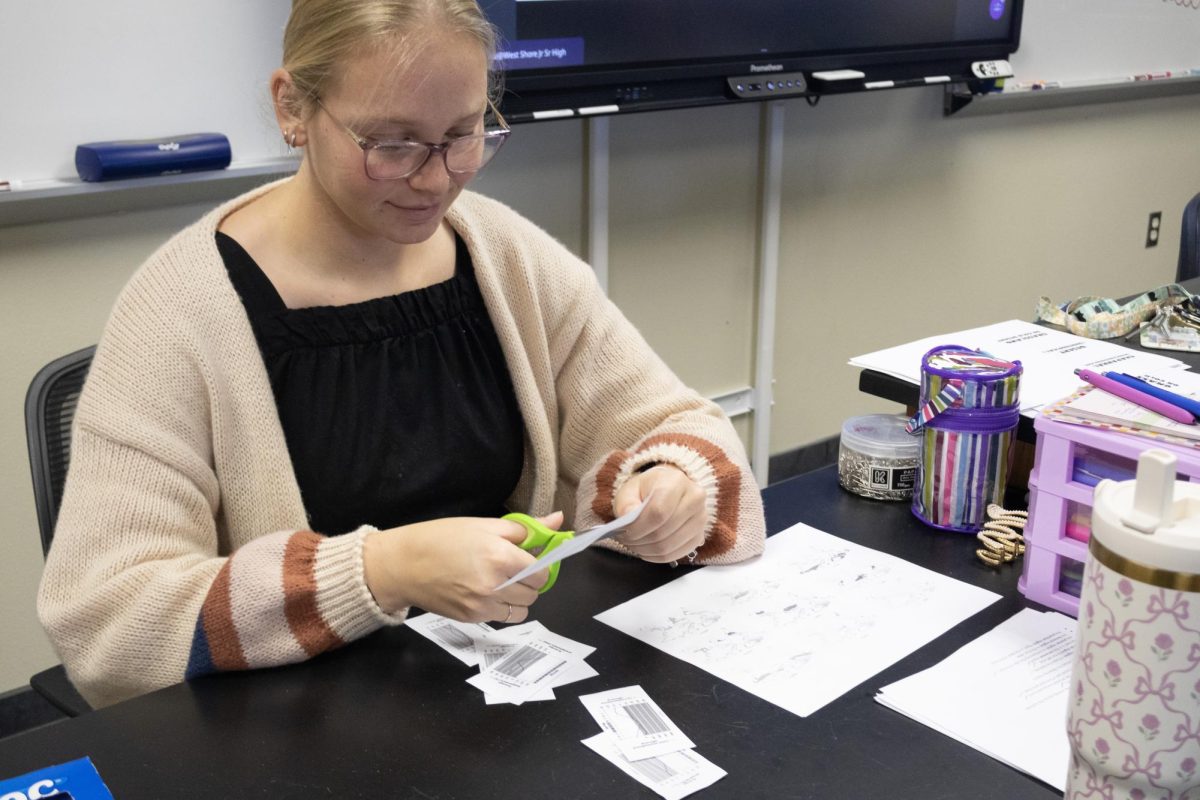
![Sophomore Isabelle Gaudry walks through the metal detector, monitored by School Resource Officer Valerie Butler, on Aug. 13. “I think [the students have] been adjusting really well," Butler said. "We've had no issues, no snafus. Everything's been running smoothly, and we've been getting kids to class on time.”](https://westshoreroar.com/wp-content/uploads/2025/08/IMG_9979-1200x800.jpg)
